“Augmented reality gives students the ability to see a molecule from all its angles, visualize how atoms are arranged in an element, to understand more abstract chemical concepts.”
Inspiration in education arises when one imagines and believes what we can achieve. That is how my story begins, with a dream – I wanted to help my students learn chemistry. After researching new technologies I could use in the classroom, I learned about Augmented Reality (AR). I found out the benefits this kind of tool has for students with interactive, immersive learning. In this article, I describe my experience to you.
I shared with my 15 years old son Jesús Alejandro Gómez Urzúa “Alexito” its how his robotics partners call him. The idea circulating in my head to create an organic chemistry course where my students could observe molecules up close, analyze them, and see them from different angles. He told me that he knew how to do it and that we could achieve it together. That is how we began this dream that gradually came true, from imagining how I would like my classes to use this tool to see the molecules in AR through the cell phone. We had to spend many hours of work, but we also had much laughter and joy when, finally, our app was available for download in the App Store. It has undoubtedly been one of the best experiences I have had in these 16 years as a teacher.
“We developed an app for chemistry class in which my students can visualize the hybridization process of carbon, the form that hybrid orbitals take, and how the single, double and triple bonds of hydrocarbons are formed.”
Education today is constantly changing as students are more interested in using their technology devices than the classes. This problem is worse when classes are monotonous and boring, even when the teacher talks without encouraging interaction with the kids. Students get no motivation or interest in learning. I can say that chemistry is not very popular; very few are interested in it, given the complexity of the basic concepts required to understand the subject’s structure. Therefore, students must be motivated to learn this subject.
Next, I share some images of the augmented reality application that we developed, “Carbon hybridization AR,” to give you an idea of how the students see it:
Augmented reality turns classrooms into learning environments where students can enter unknown worlds. Specifically, in chemistry, it is possible to explore structures of matter that in a 2D environment would not be possible to visualize. This technology’s richness allows students to see a molecule from all its angles, visualize how atoms are organized in an element, and make the connections to understand more abstract chemical concepts. This possibility stimulates students’ creativity and interest by engaging them in their learning processes.
Jimenez (2019) emphasizes the importance of AR for Generation Z and how essential it is to bring this technology into the classroom to engage students for a future in the sciences. The Horizon Report (2020) analyzes two of the most widely used technologies in the classroom: AR and Virtual Reality (VR) are part of the extended realities (XRs) that have made the most impact on learning processes. According to this report, using AR is easy and affordable because it only requires a smartphone. The report also assures educators that when XRs are relevantly integrated with teaching materials and books, the learning outcomes are significantly greater than if only textbooks and teaching materials are used.
“95% of the students agreed that the augmented reality application helped them improve their learning processes, allowing them a better understanding of the topics seen in class.”
AR has forayed into chemistry learning with strength. In his article describing several cases in which AR has been applied in undergraduate chemistry courses, Jimenez (2019) mentions at least nine authors who have used it to improve the learning process. The research of Ruiz (2020) assessing high-school students’ learning of organic chemistry with AR’s support reported a 5% increase in the exam scores. Similarly, Yeh and Yao (2020) reported higher exam scores in a subject taught on chemical reaction concepts; they manipulated AR objects in the class. Additionally, they tested the students four months after finishing their lessons, demonstrating that their conceptual understanding remained effective.
In my case, AR in organic chemistry classes was carried out among fourth-semester high school students, focusing on student-centered learning. The student applied AR to identify abstract concepts, such as carbon hybridization, and find similarities and differences among the different organic groups. To do this, the application “Carbon hybridization AR,” which was designed by the author of this article, was used so that students could visualize how carbon hybridization occurs, the form taken by hybrid orbitals, and how the simple, double, and triple bonds of hydrocarbons form. The same application has another section where students can visualize organic molecules in different functional groups to identify their characteristics. To create the application, we use free educational software such as Unity, Maya, and Vuforia. I used these to bestow three-dimensional shapes, create animations for each of the molecules, place them in an augmented reality environment, and compile the upload to the App Store, where it is now available.
“The subject of chemistry is not so popular; there are very few interested in this subject, given the complexity of the basic concepts to understand the structure of matter. However, with the augmented reality, we can motivate students to learn more about this subject and enter unknown worlds.”
Implementing AR in my course significantly improved student evaluations and increased their motivation to use AR to understand abstract concepts. Ninety-five percent of the students agreed that this app helped them improve their learning processes through better understanding; 88% were totally satisfied with AR, and 85% felt entirely motivated in the chemistry classes. Undoubtedly, there was a significant advance in learning, and, above all, the application generated a positive impact on my students.
Finally, I invite the reader to use the augmented reality application “AR Carbon Hybridization” that you can download here to motivate your students to learn chemistry, better understand the concept of hybridization when viewing animations, and identify similarities functional groups of organic molecules. In this video, I share some suggestions for its use. It is a tool that motivates and interests both students and teachers.
About the author
Mariela Damaris Urzúa Reyes (mariela.urzua@tec.mx) has been a chair professor in the sciences at the Toluca campus of Prepa Tec since 2013. She has more than 16 years of teaching experience. She has carried out innovative education projects in the classroom, including gamification, inverted classroom, learning styles, and disruptive technologies in the chemistry field. She is a winner of the NOVUS 2020 project on using virtual reality to improve spatial visualization and learning abstract chemistry concepts. She has a YouTube channel with more than 2200 subscribers.
References
Horizon report. (2020). 2020 EDUCAUSE Horizon report Teaching and learning edition. Educause. Accessed at: https://library.educause.edu/-/media/files/library/2020/3/2020_horizon_report_pdf.pdf?la=en&hash=08A92C17998E8113BCB15DCA7BA1F467F303BA80
Jiménez, A. (2019). Teaching and learning chemistry via augmented and immersive virtual reality. American Chemical Society (1318). 31-52. doi:10.1021/bk-2019-1318.ch003.
Ruíz, S. (2020). Realidad aumentada y aprendizaje de la química orgánica. Apertura (12) 1. 8-21. Doi: http://dx.doi.org/10.32870/Ap.v12n1.1853
Yeh, S. Yao, S. (2020). Using augmented reality to experiment with elements in a chemistry course. Computers in Human Behavior (111). https://doi.org/10.1016/j.chb.2020.106418
Edited by Rubí Román (rubi.roman@tec.mx) – Observatory of Educational Innovation.
Translation by Daniel Wetta.
This article from Observatory of the Institute for the Future of Education may be shared under the terms of the license CC BY-NC-SA 4.0 
)
)
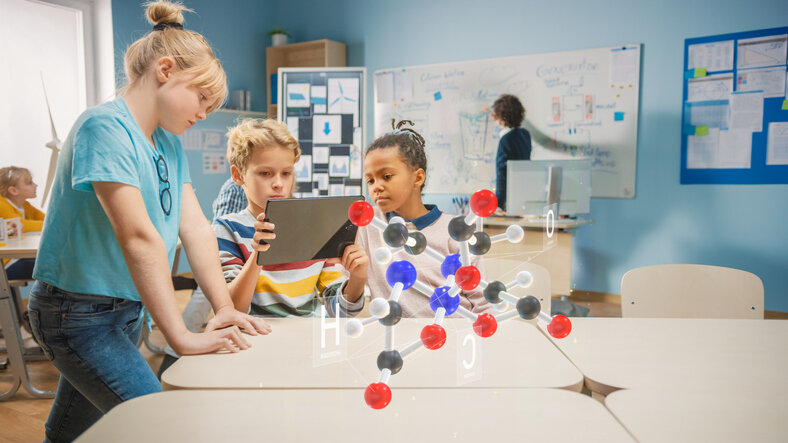
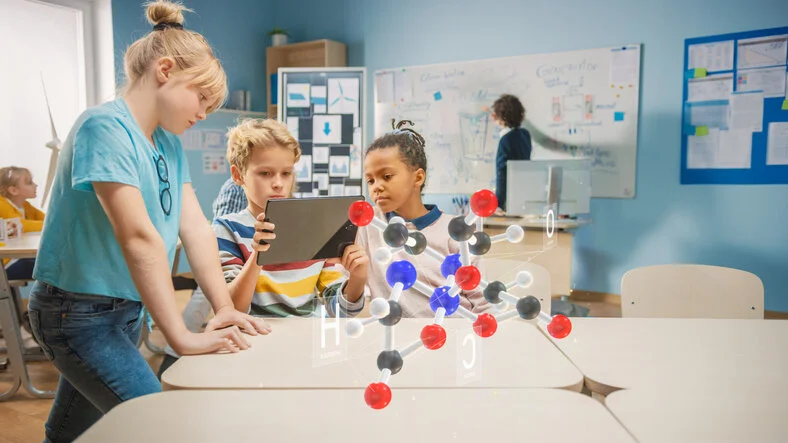
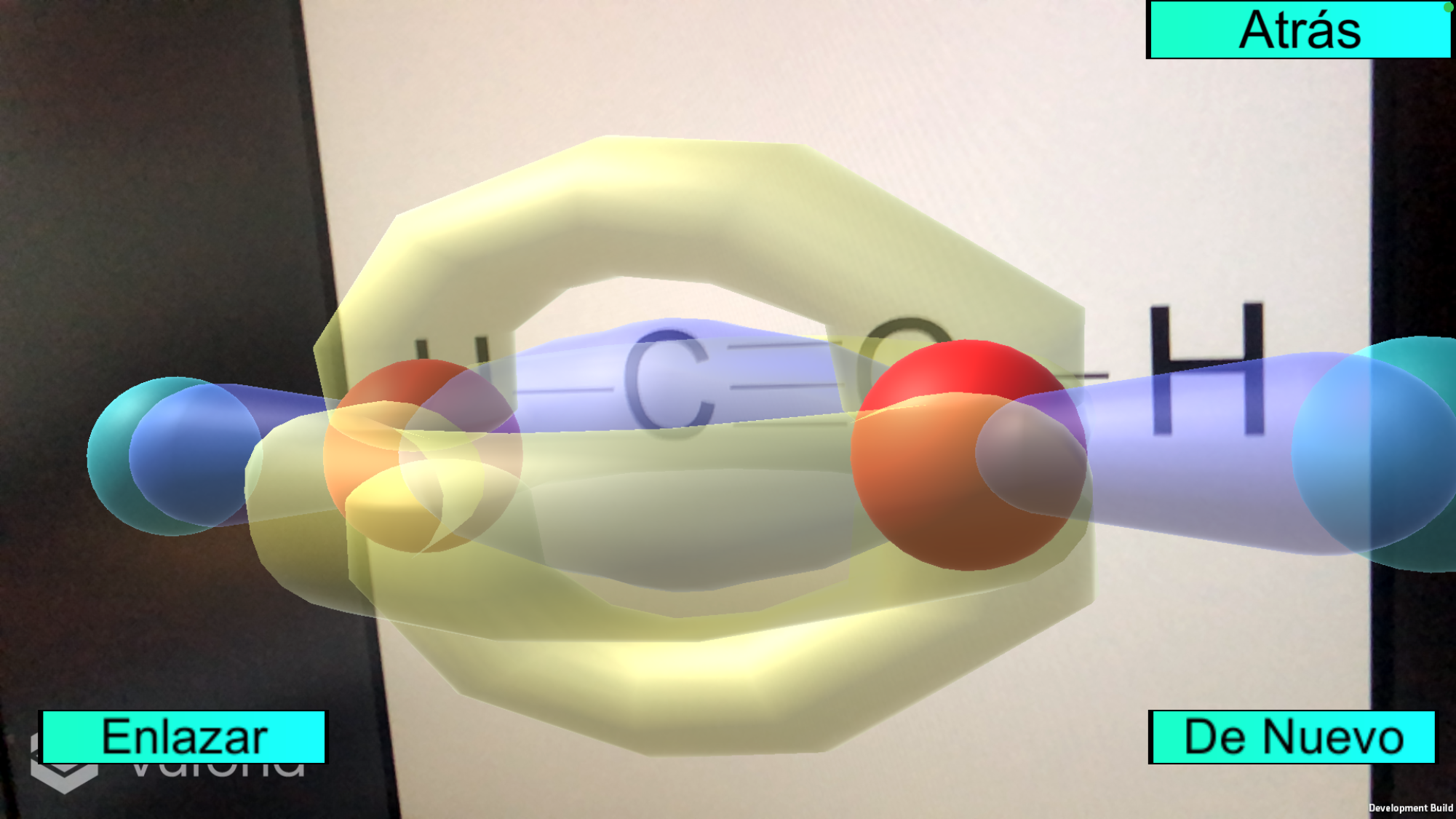
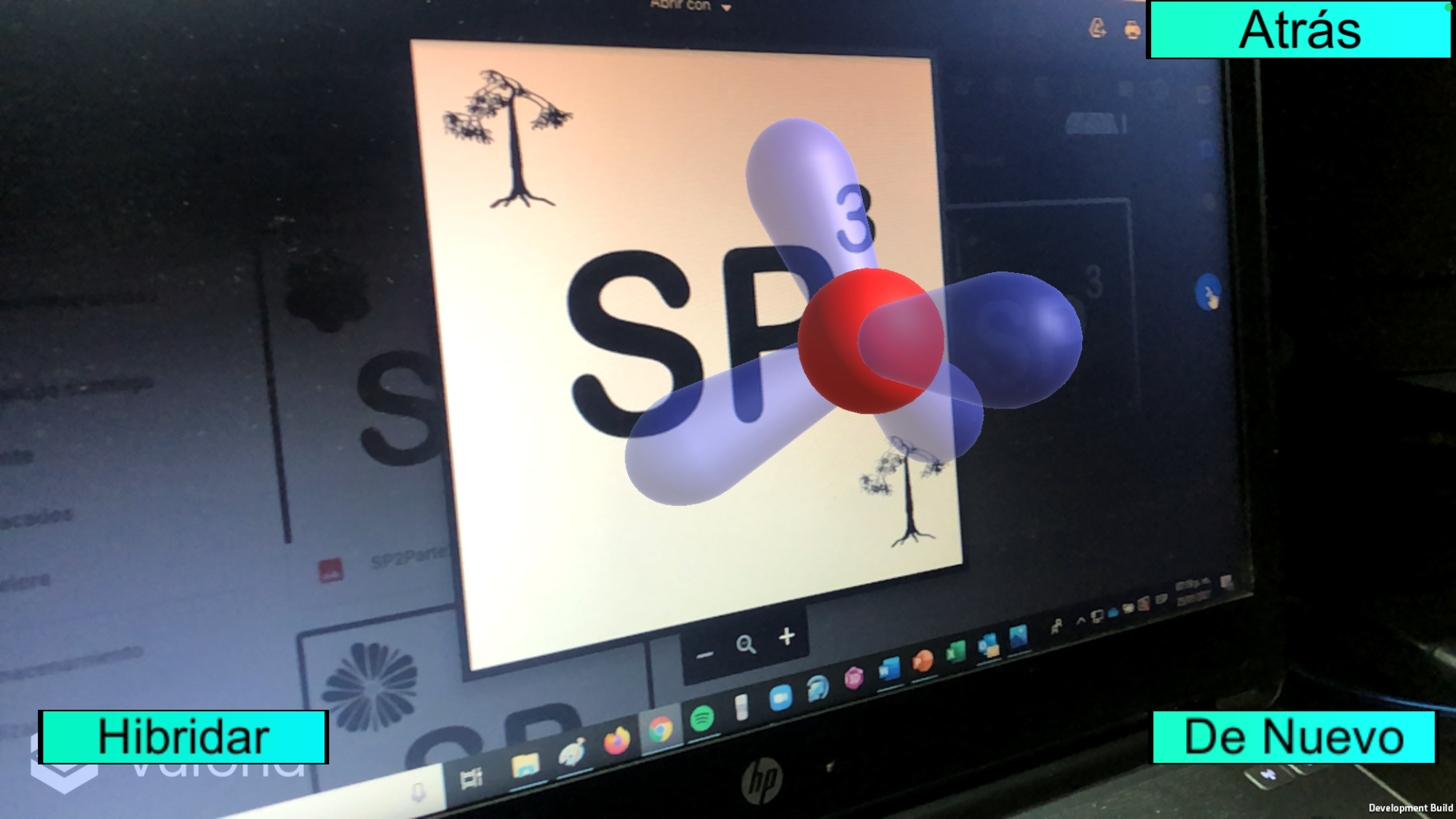
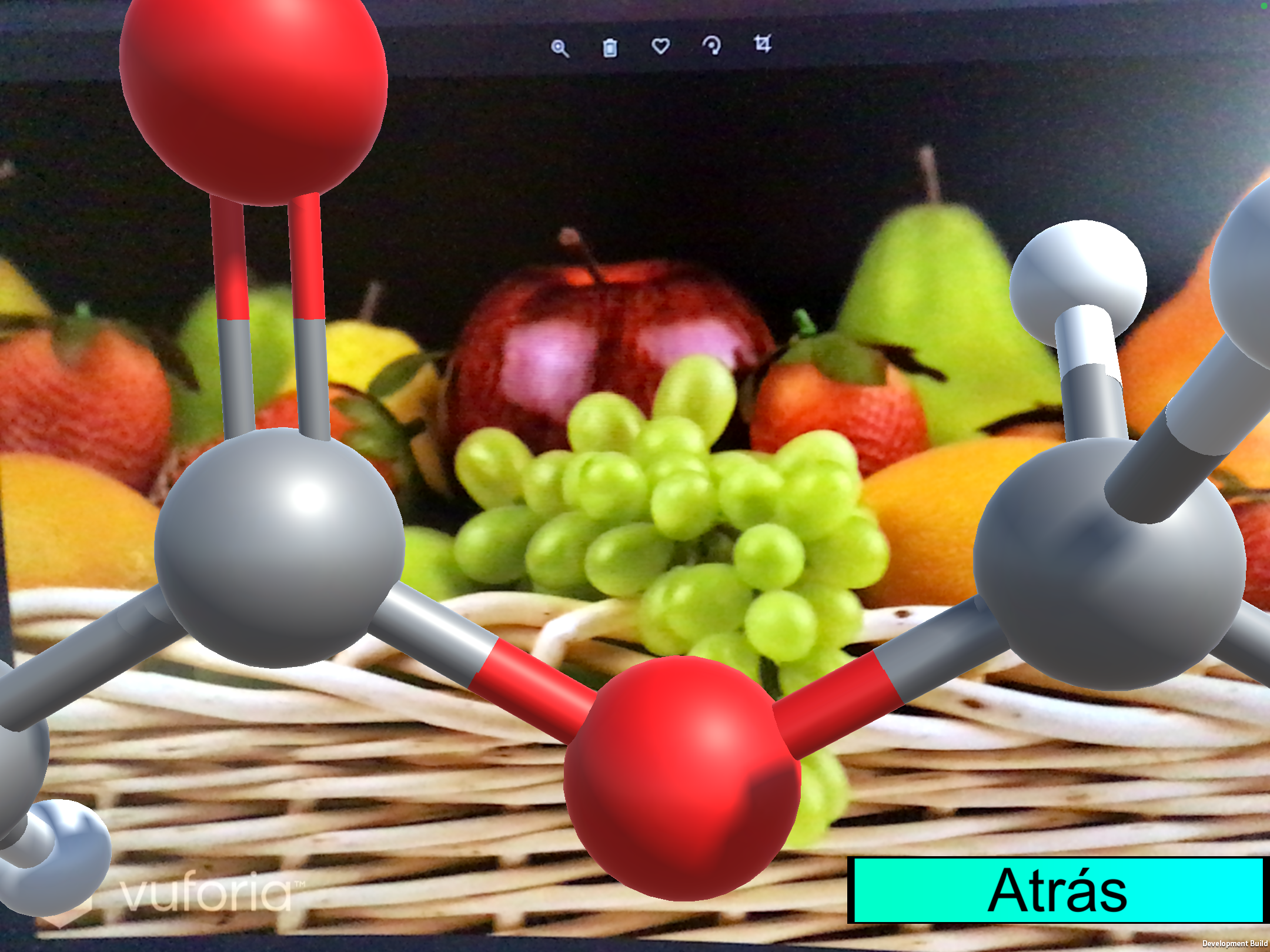
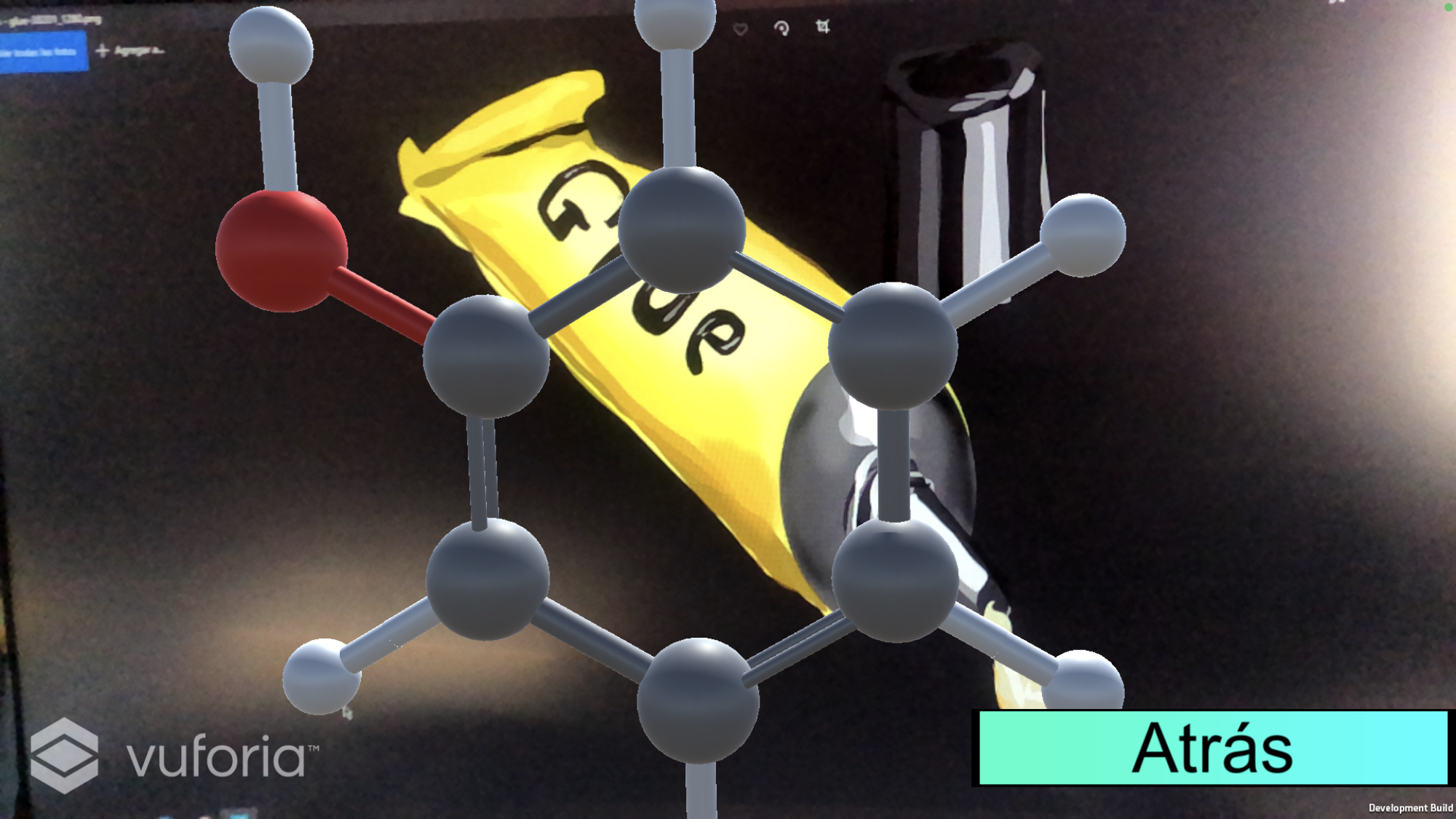
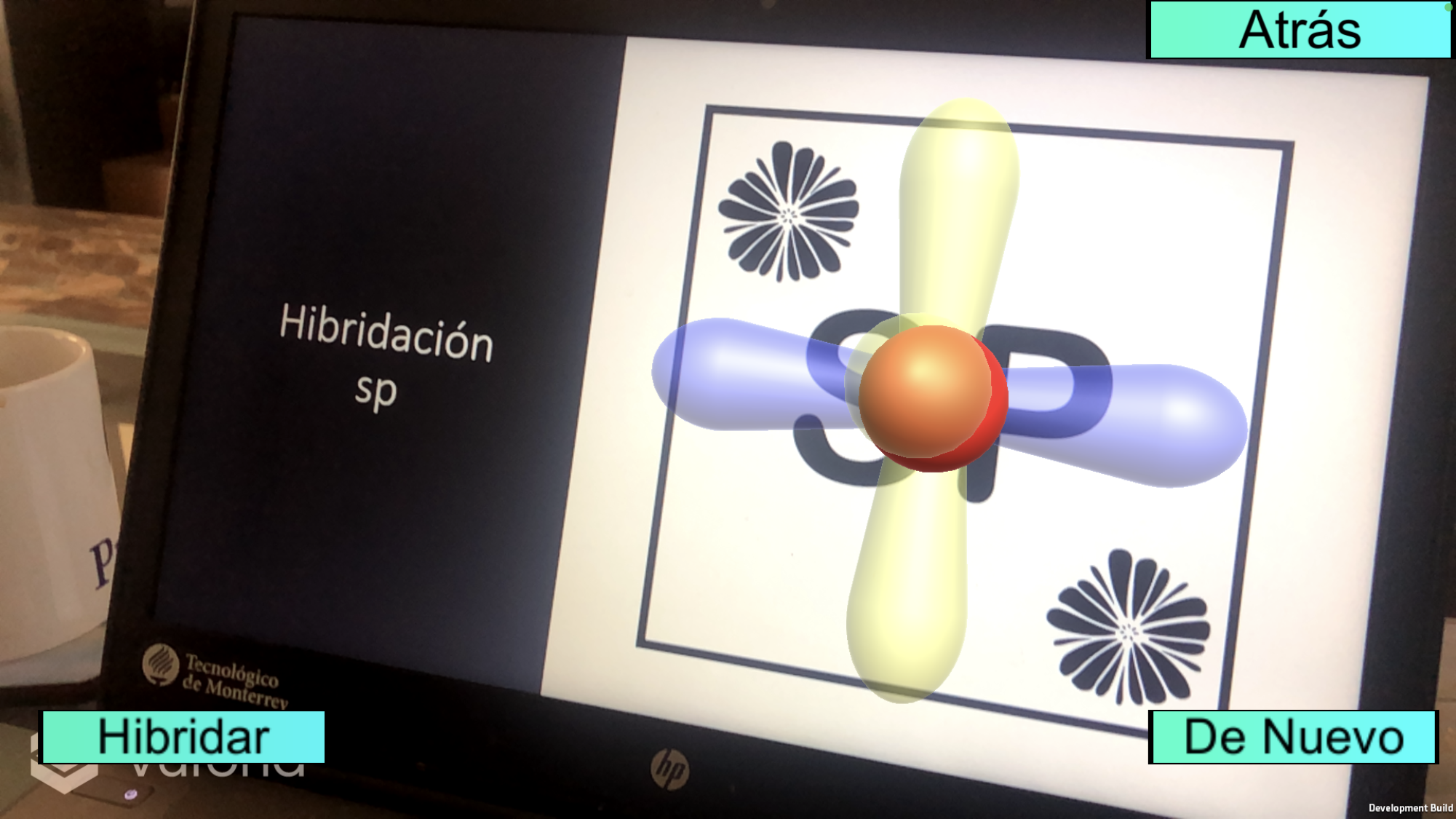

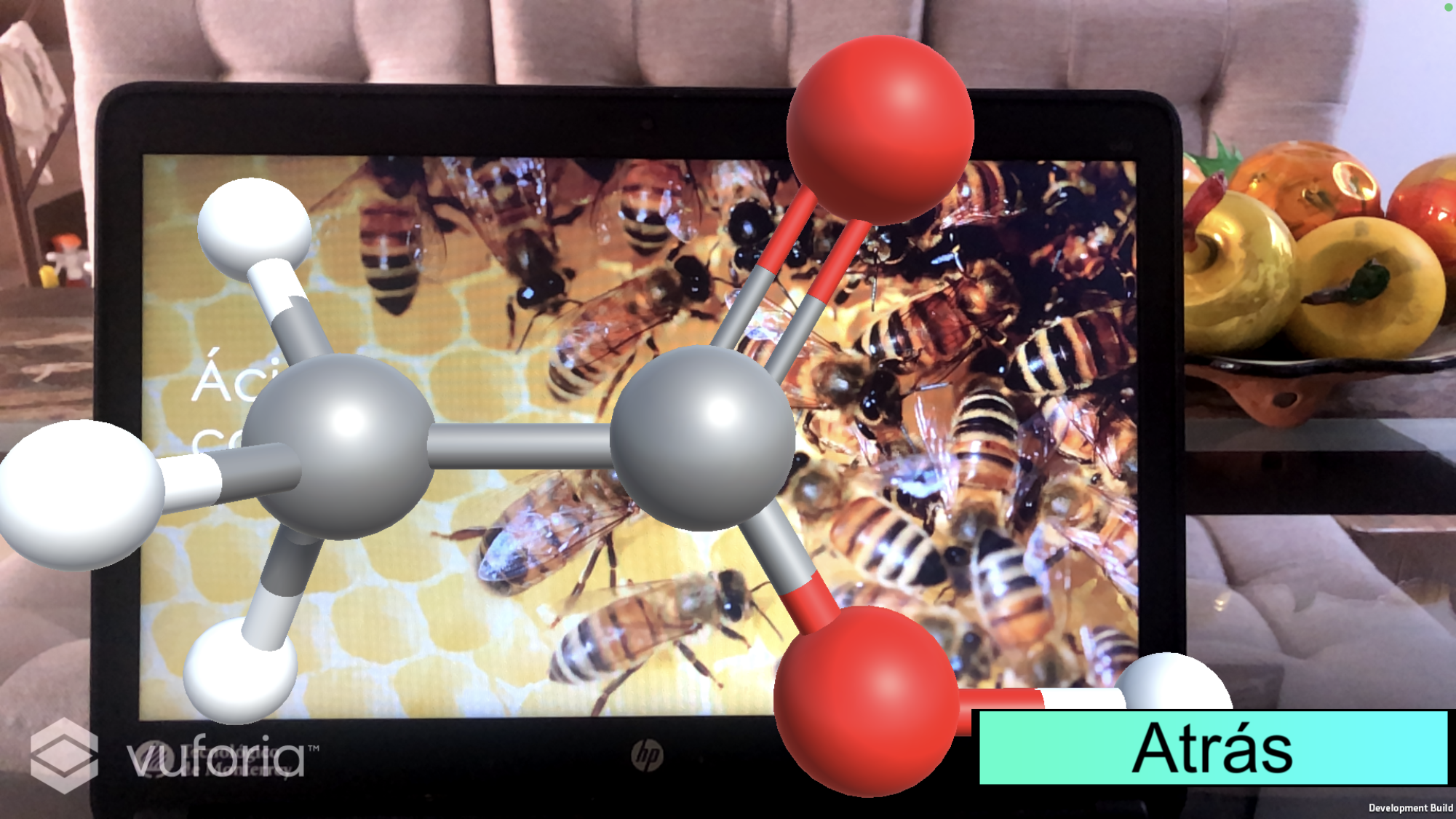
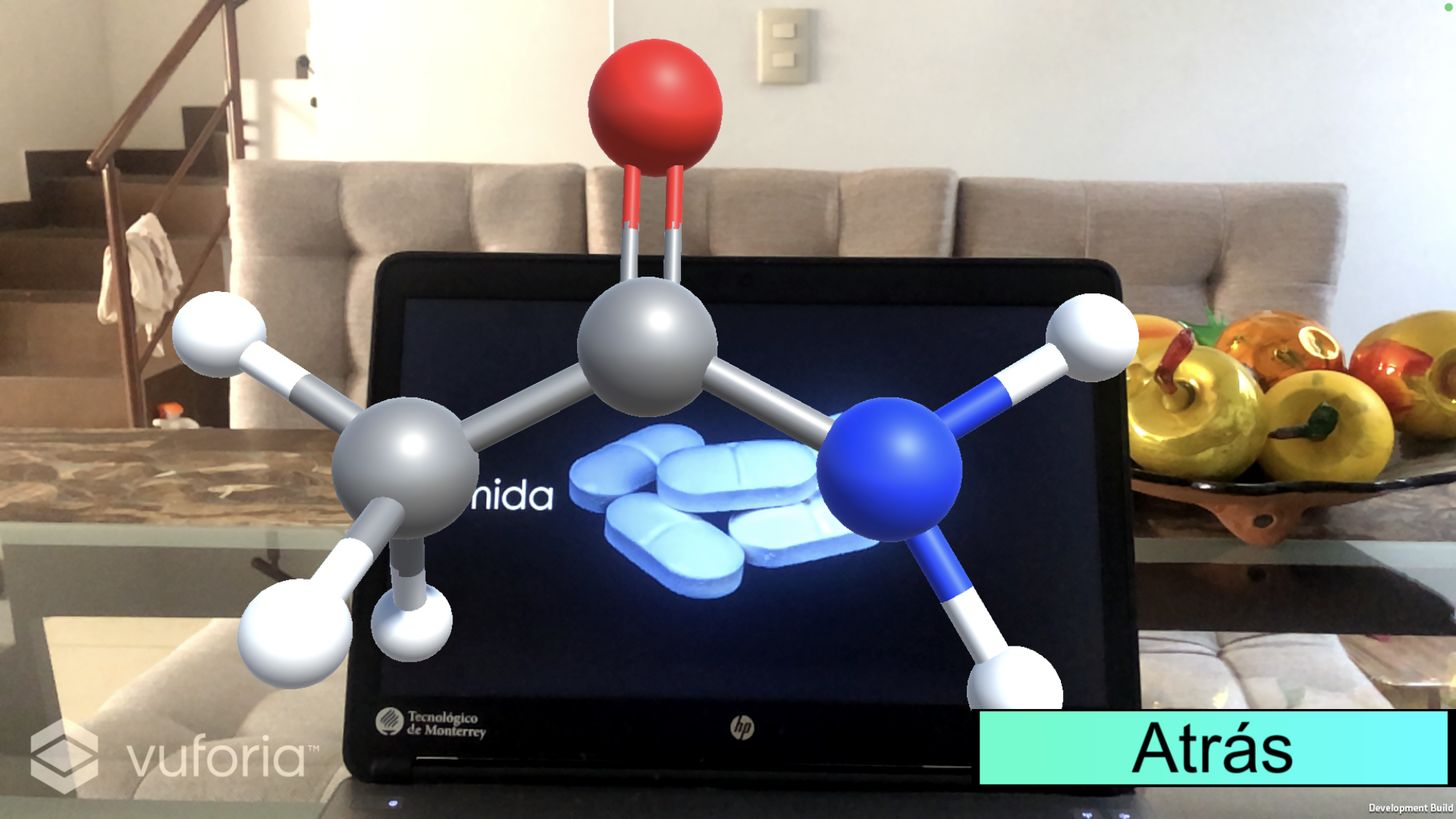

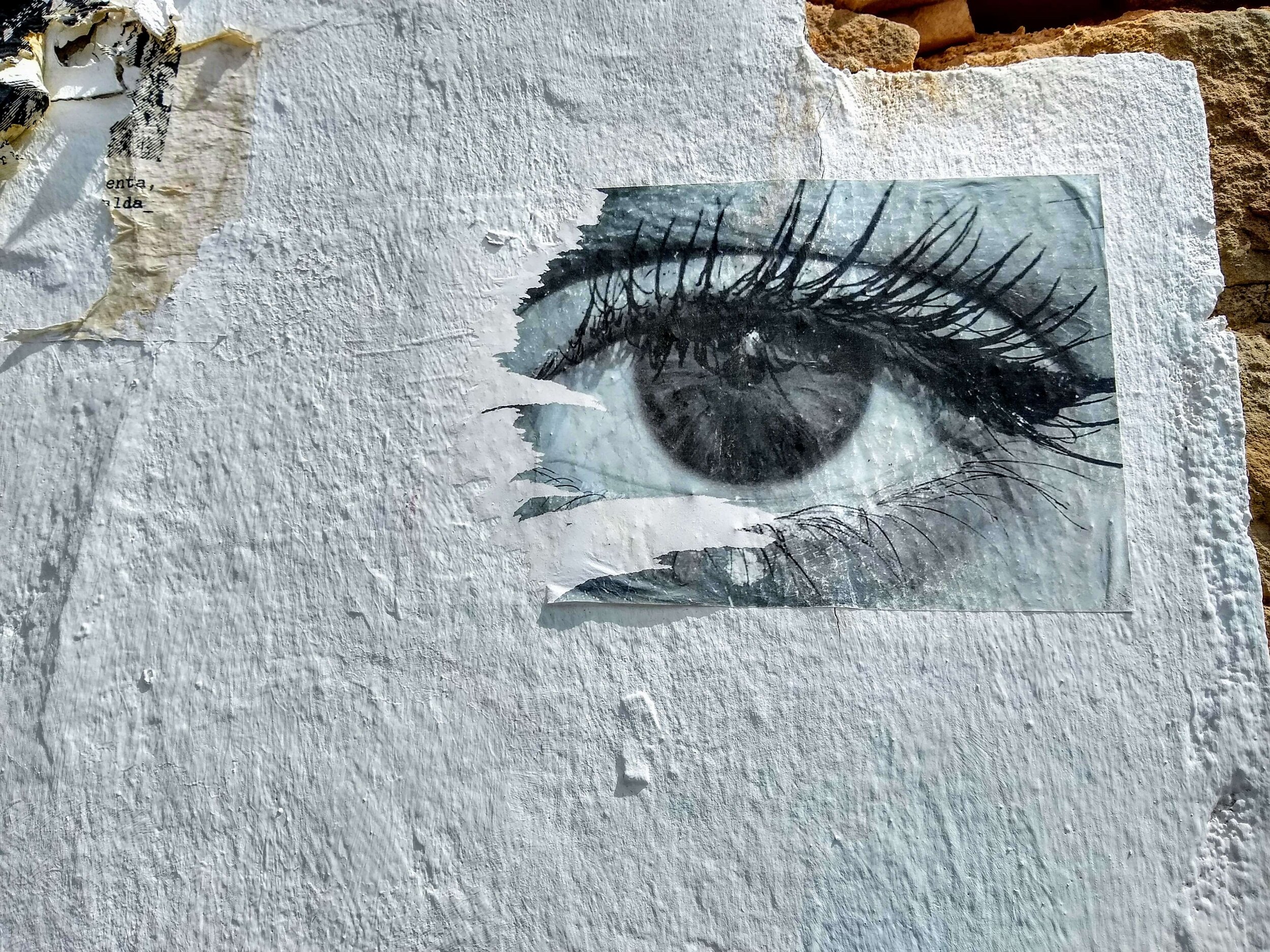

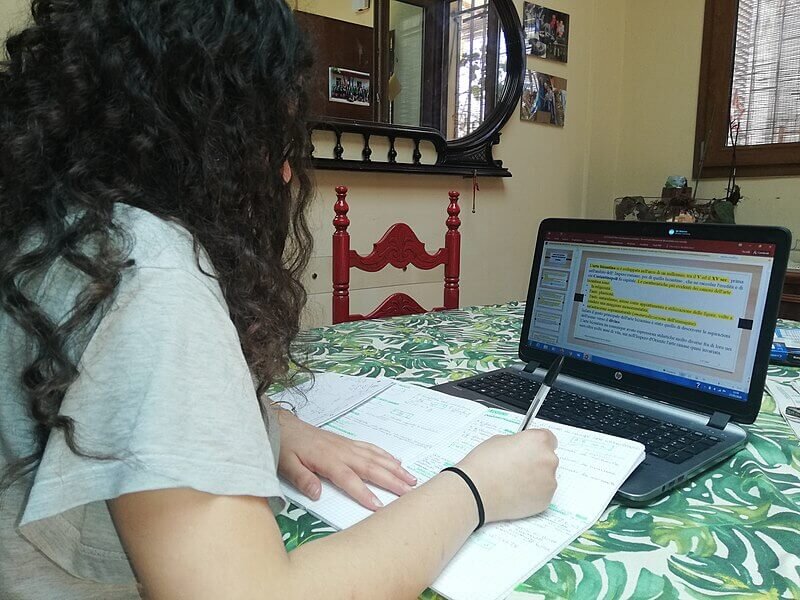
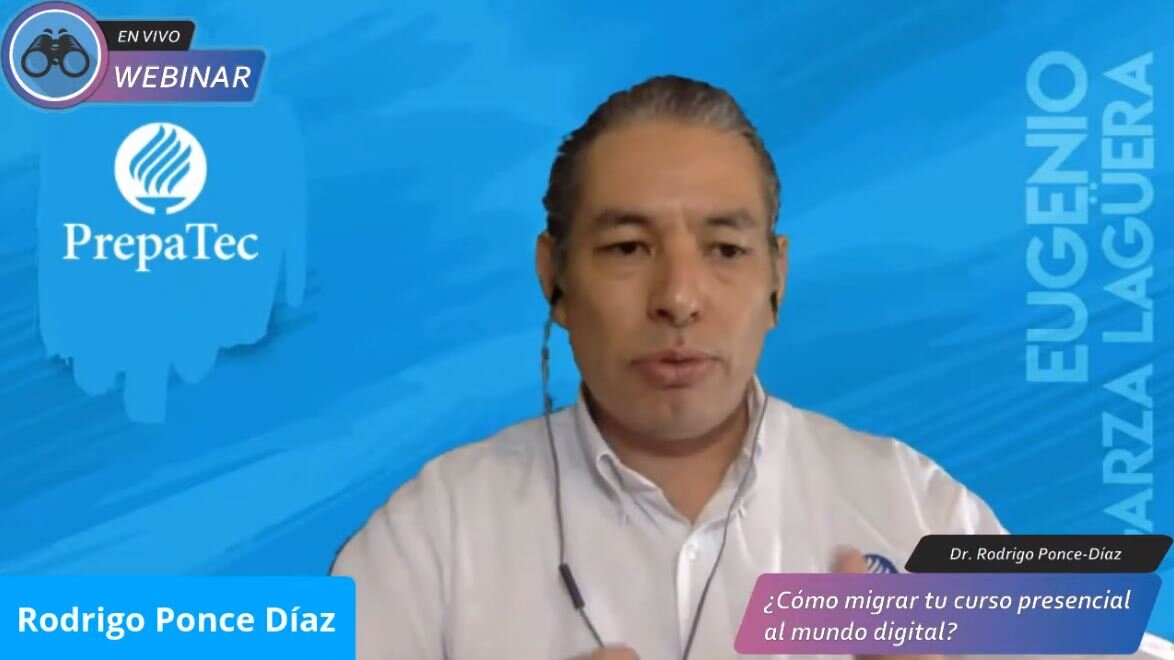




)
Karina Fuerte
Karina Fuerte
Karina Fuerte